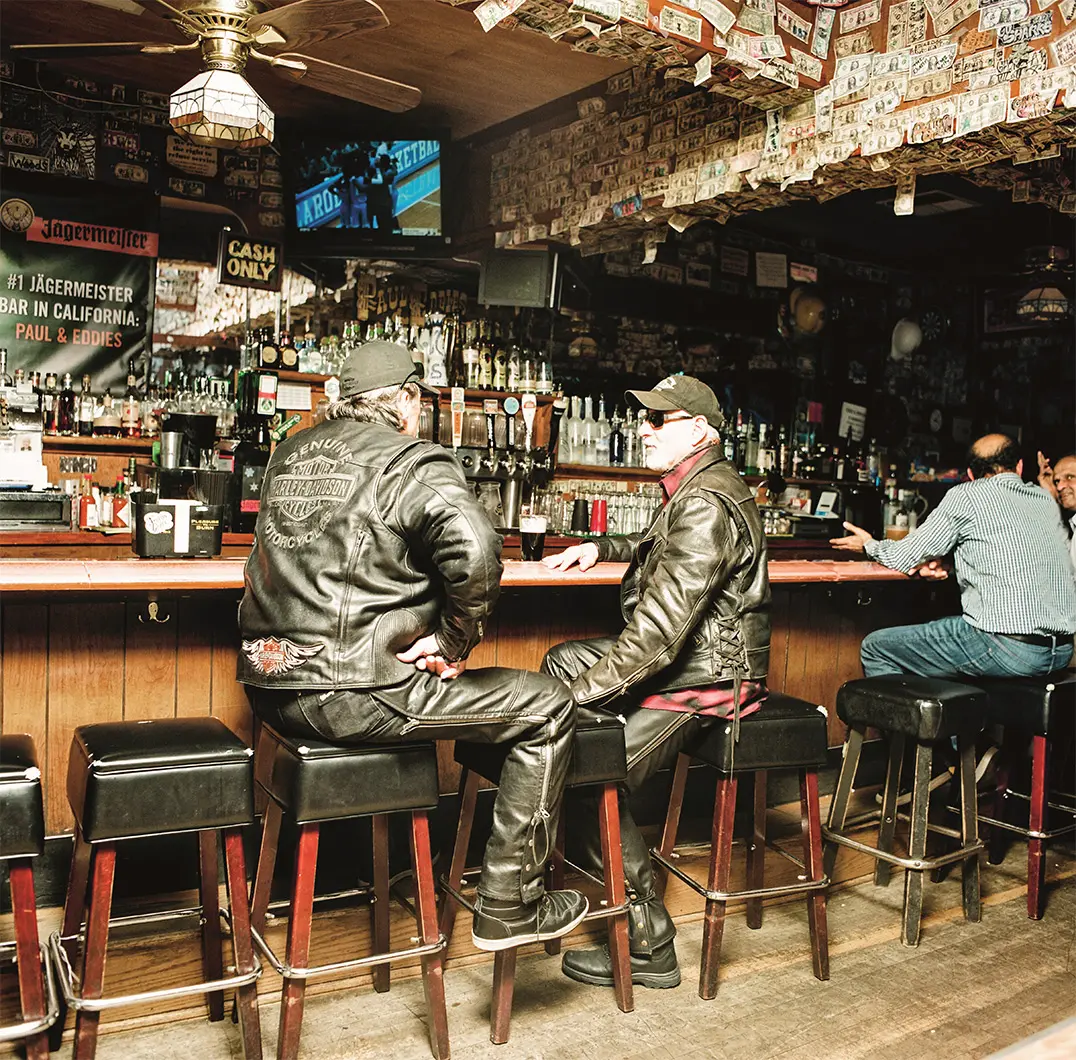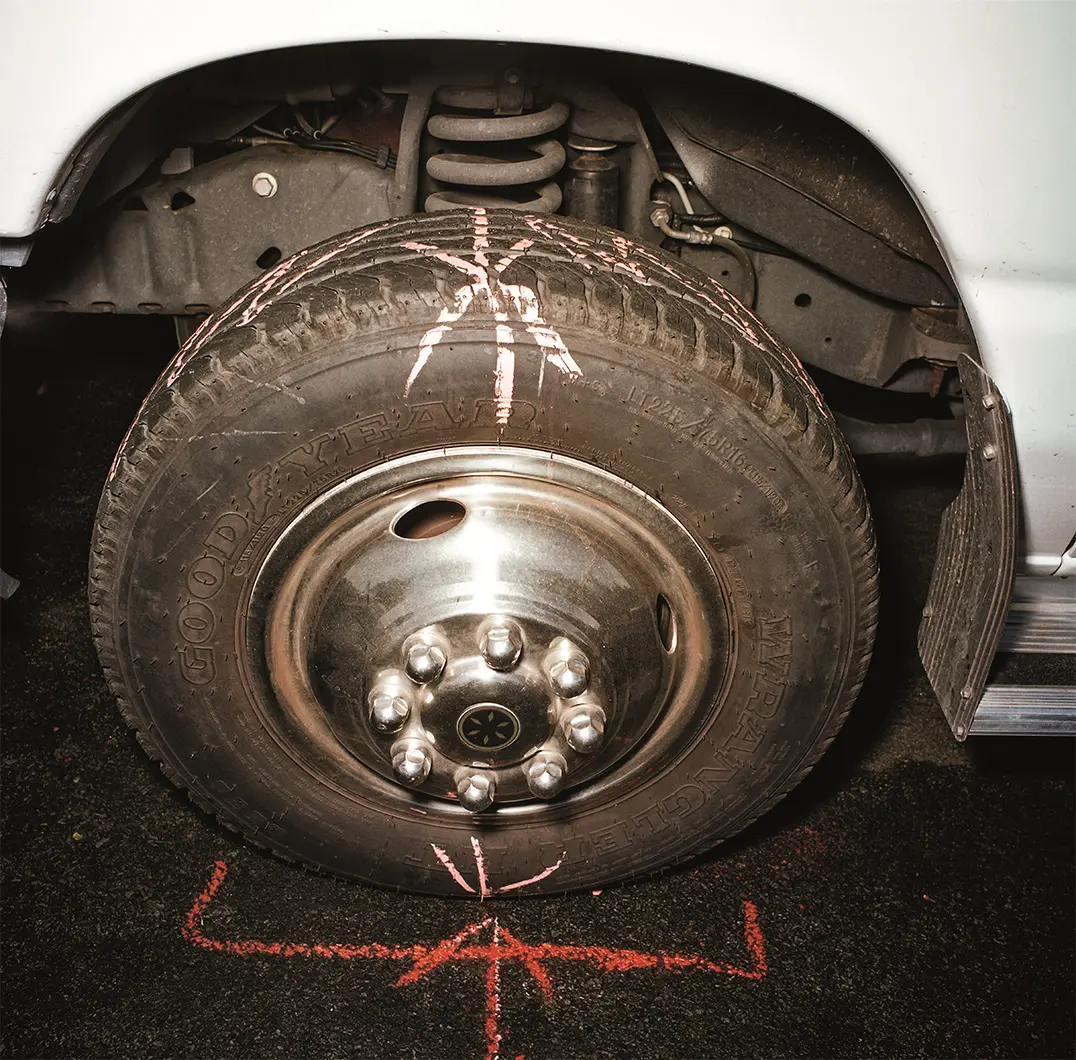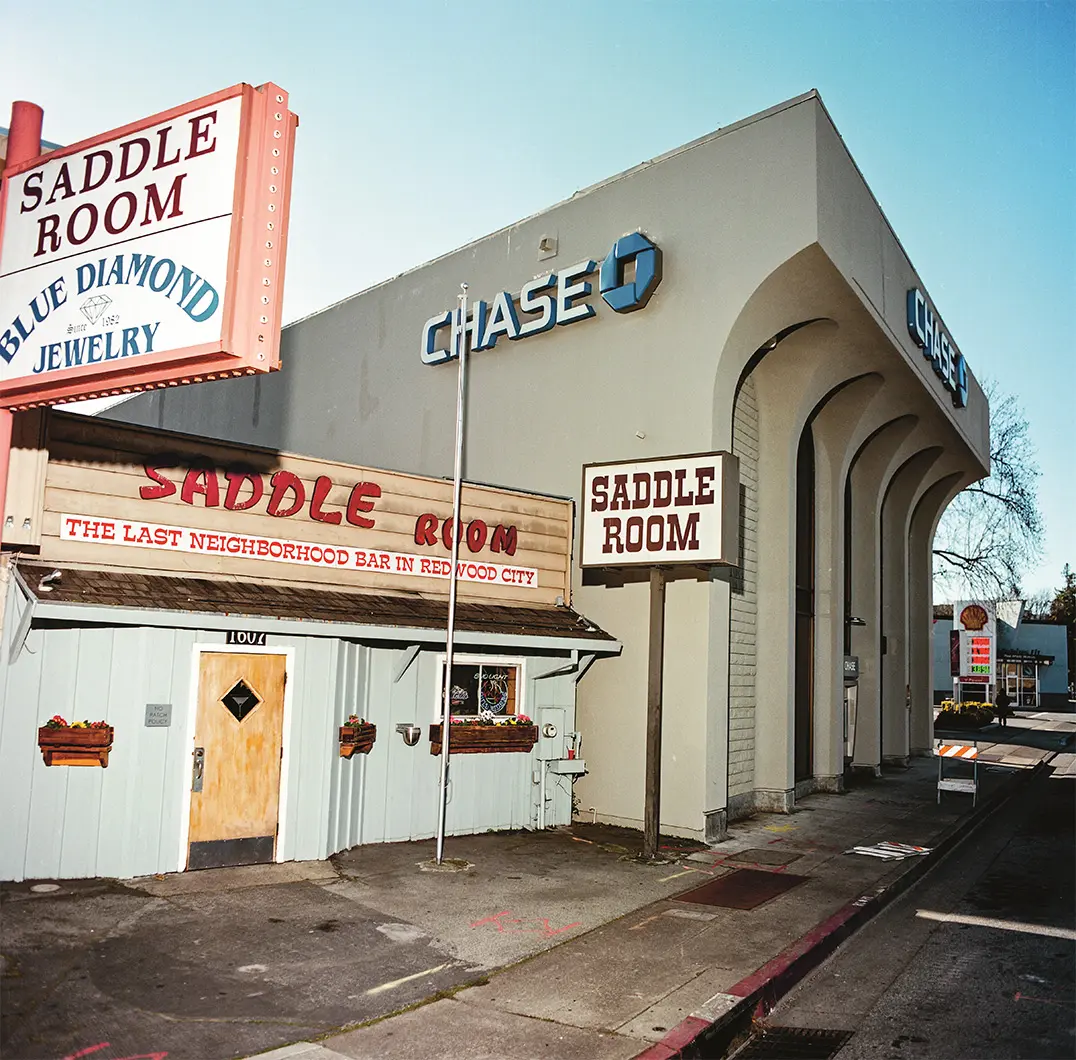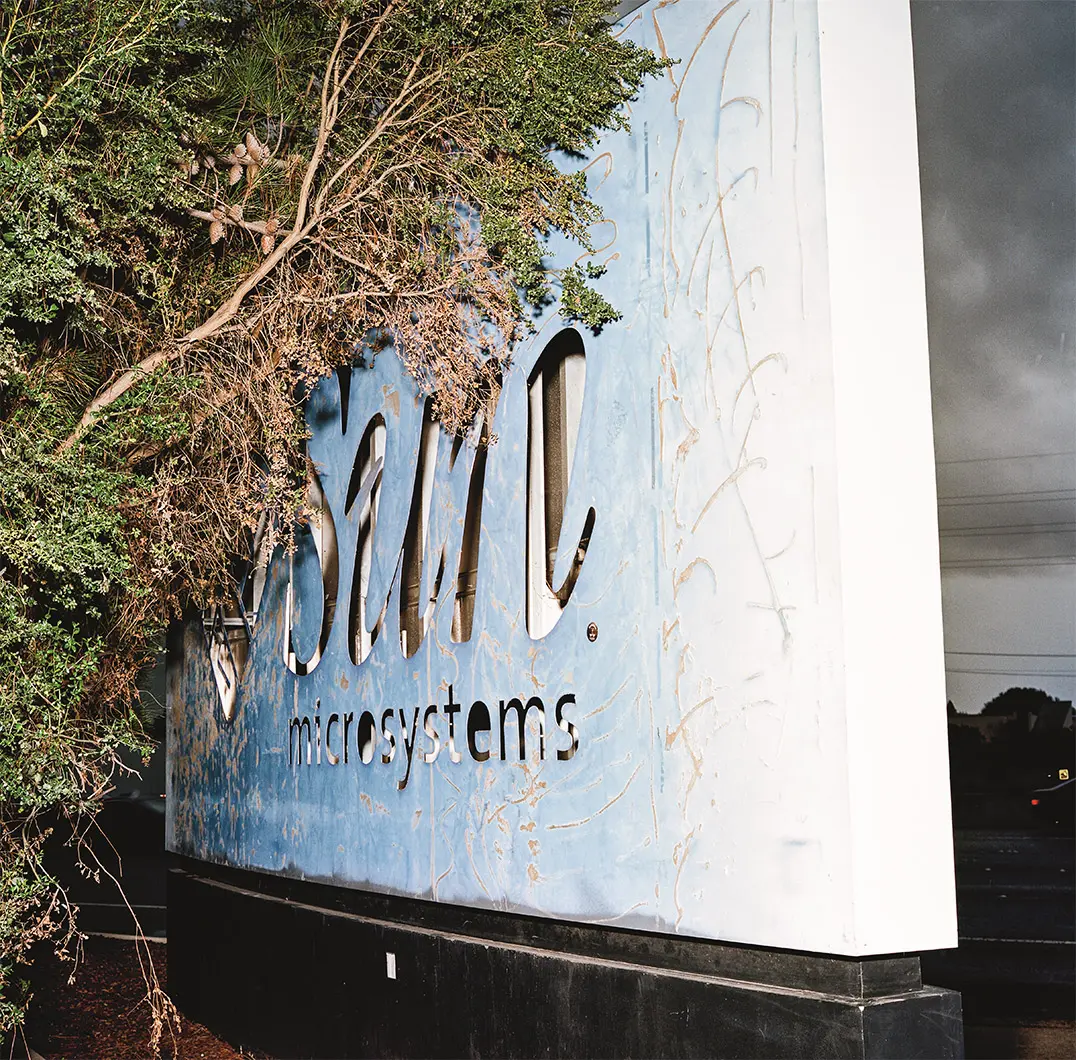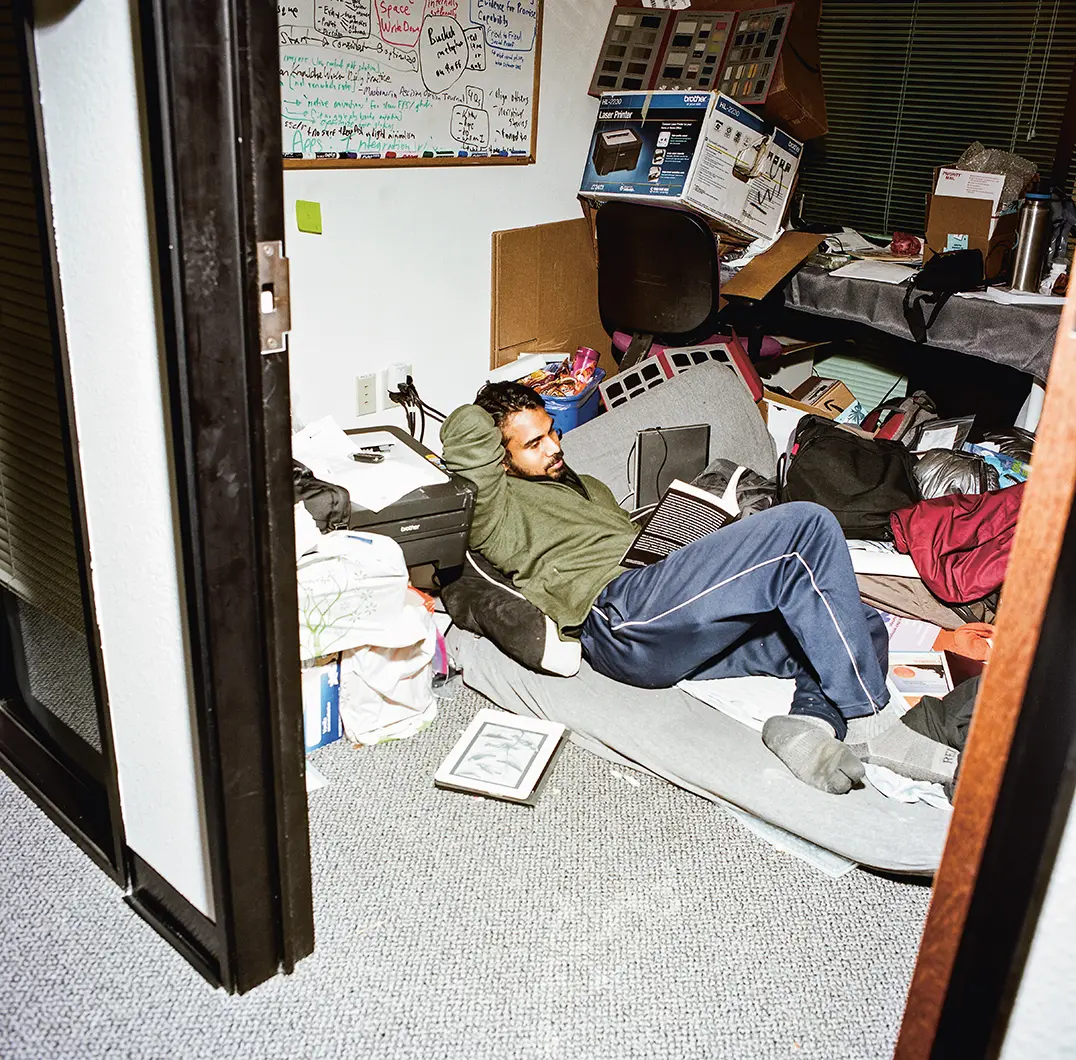From BIG to David Chipperfield, Frank Gehry to Snøhetta: a world tour of the best buildings set to open in 2026
Silicon Valley, a region narrated through the words and images of the photographer Ramak Fazel
One hundred and twenty eight images trace the inside story of one of the most secret places in the world. The latest step in Tod’s No Code project, assigned to an anthropologist with a camera slung round his neck.
A road trip in search of daily life. The life behind the scenes of the heart of Big Tech. Silicon Valley. One of the leading hubs of technological investment and one of the best-protected places in the world, where hawks have been trained to attack drones flying above certain areas. Like not-so-distant Hollywood, it’s the stuff of myth and business legend.
The expression “Silicon Valley” was used for the first time by the journalist Don Hoefler in 1971 to describe what was then a nascent phenomenon driven by budding group of adventurous Californians who were attempting to wrest microchip control primacy from the great Texan corporations, promoting their revolutionary idea of computers for personal use. It then grew as a “non-place.” It didn’t appear at all on geographical records, was not indicated on maps, and there were no road signs to it. Yet Silicon Valley pulsates with real life. Everyday normality, especially, over and above the mystery in which it’s swathed. Its inhabitants go to the barber, ride bikes, eat in restaurants, watch TV from their sofas, and even decorate their garage doors at Christmas.
It was while examining the human and intimate side of this strip of land, in California’s San Francisco Bay – where the pioneers, Apple and Google, were set up in 1976 and 1998 respectively – that Ramak Fazel, “an anthropologist with a camera around his neck,” as he has been described, took myriad images over a six-week period. A global snapshot of the day to day life of an area in the weeks prior to Covid.
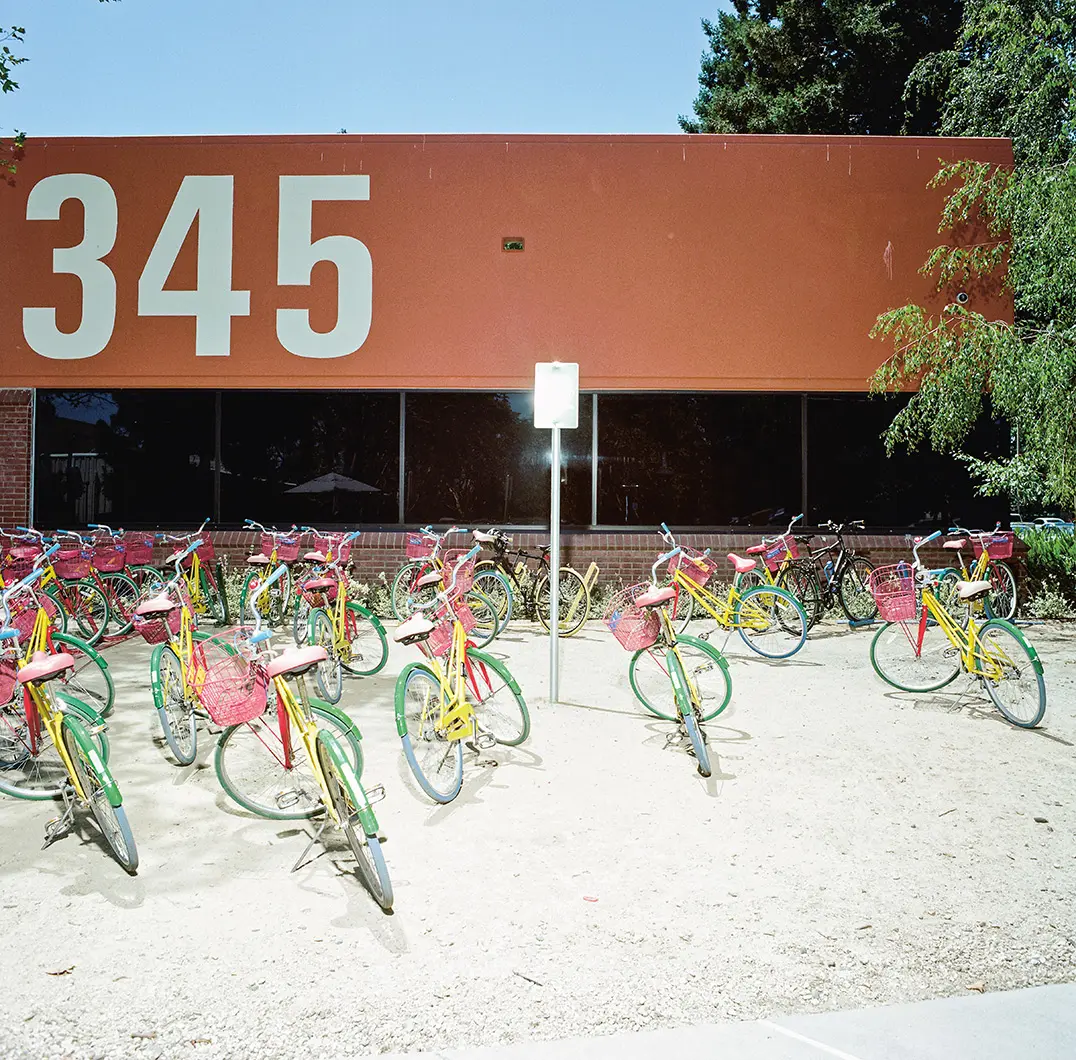
Intended for use by Google Employees, these bicycles are regularly used by area residents and visitors alike.
This photographic mission became a book, commissioned from the Iranian-American photographer by the Tod’s Group – one of the leading players on the international luxury scene, recently in the spotlight for appointing to its Board of Directors the influencer Chiara Ferragni – who launched No_Code, a hybrid cultural project based on the fusion of traditional Italian craftsmanship and emerging technology, interpreting and translating social change. An innovation laboratory for experimenters, visionaries, creatives, designers and all those who dream of rewriting the world.
The 128 images selected for the book Silicon Valley. No_Code Life, all with captions, introduce us to Steve Jobs’s neighbours in Los Altos, we find the memorial stone to the philanthropist and Silicon Valley civic leader Tom W. Ford, who fought to bring the top venture capitalists and engineers to the area, and there are the Tech Buses used to transport commuters from San Francisco to the various technological campuses.
Then there are the signboards for the many companies, such as the Facebook one at Menlo Park, which still has the logo of the previous occupant, Sun Microsystems, on the back, the old signage from the area’s agricultural and mining past, one of the Cupertino Dive bars, where Apple engineers go for a game of pool or darts with the locals at the end of the day. Another image shows the chalk marks on the ground and on car tyres, a reminder of the strict parking restrictions in residential areas – 72 hrs maximum – Fazel’s favourite photo, because of the composition of “the triangle forms … overlapping with the perfect circle of the wheel.”
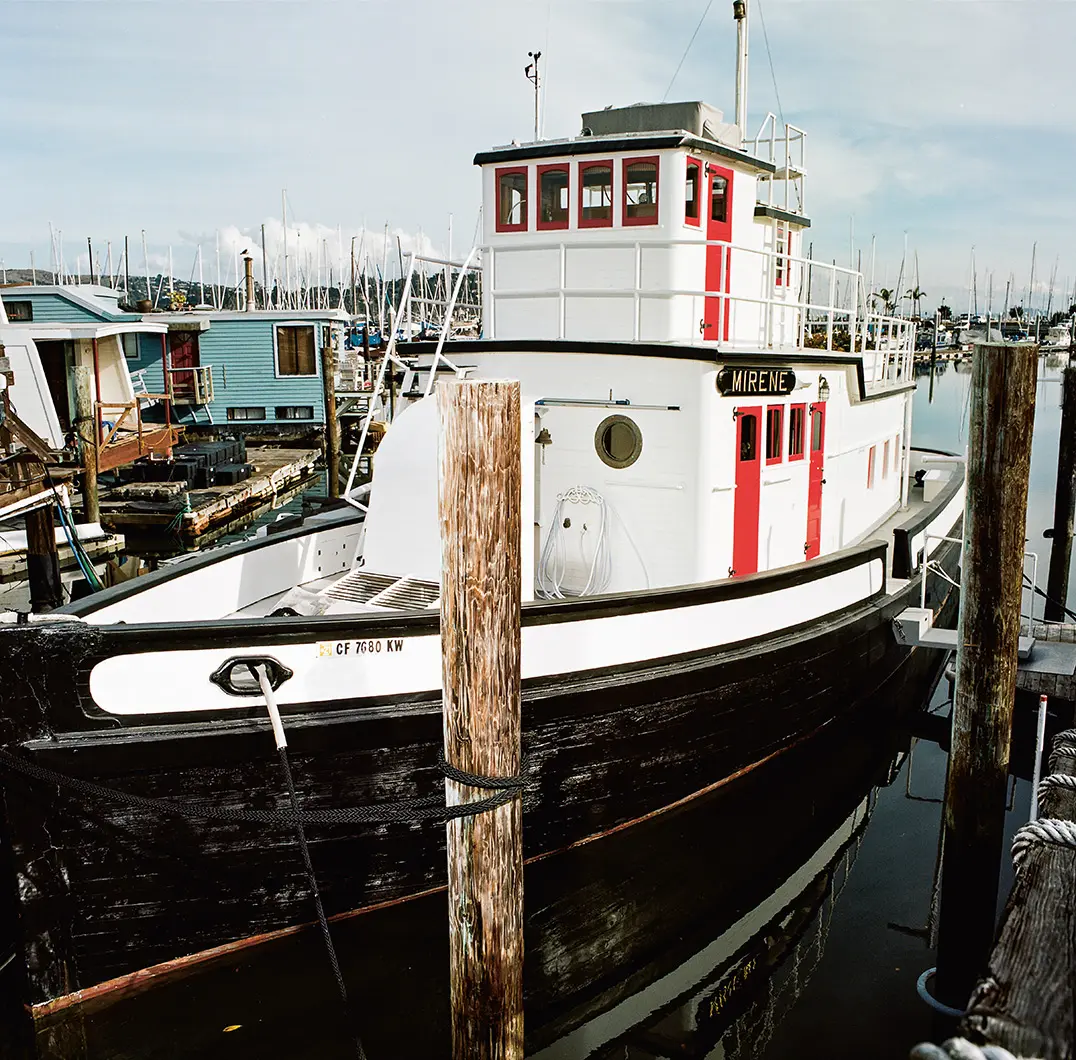
Mirene is a 64-foot tugboat moored in Sausalito. For over thirty years, it has been the home of the writer and eco-pragmatist Stewart Brand.
The photos speak for themselves in terms of subject and emotion. Technically, though, Fazel shot them using artificial lighting. A technique he’s used for the last twenty years. As he says: “Even under perfect sunlit conditions, the addition of an added light felt urgent. I've experimented with lighting as a form of forced intrusion within a scene. My relationship with the same medium format analog camera and lighting kit allow me to work within a consistent visual vocabulary. That is central within my practice as a photographer. I’ve intentionally resisted the seduction of the latest digital cameras in favor of my 1966 twin lens Rolleiflex. I engage with subject matter in a more concerted way rarely concerning myself with camera settings. The analog device is not a computer. The process of combining film substrate with artificial light demands patience – not to mention an appreciation of the imperfect.”
While Silicon Valley is one of the wealthiest communities in the world, it’s not – as many people might imagine – an ultra-technological place simply because it produces high technology. Nor is everything mechanised, with Teslas the only cars on the road. It’s a place like many others, provincial, anonymous almost, which is borne out by these pictures. As Fazel points out, we all take a memory home with us from a journey, and his is: “The understanding that the apparently fabulous life of tech workers might be something less than fabulous.”
Why then has this group from Italy’s Marches lighted on Silicon Valley for the latest step in its adventure? Simply because of an affinity of spirit. Because this is where this non-place, born of the counterculture of the Sixties and Seventies and dedicated to the highest cutting edge technology, meets the composite nature of No_Code, built on craftsmanship and technology. Contemporary elective affinities.
Title: Silicon Valley. No_Code Life.
Visual Essay by Ramak Fazel
Foreword: Michele Lupi
Published by: Rizzoli International
Published: 2021
PAGES: 192


 Stories
Stories
